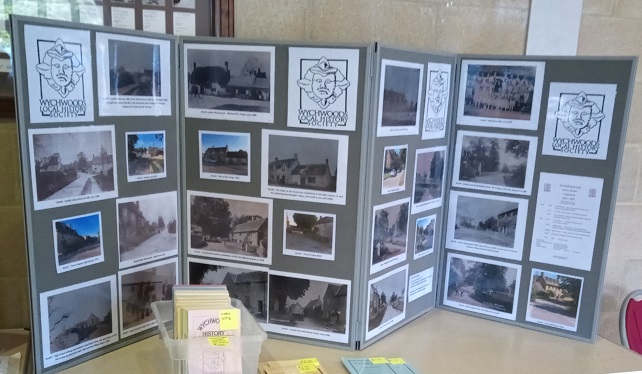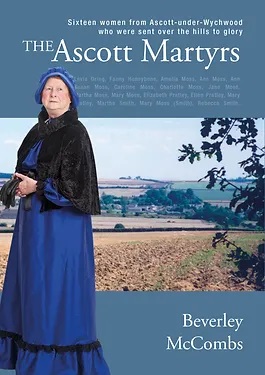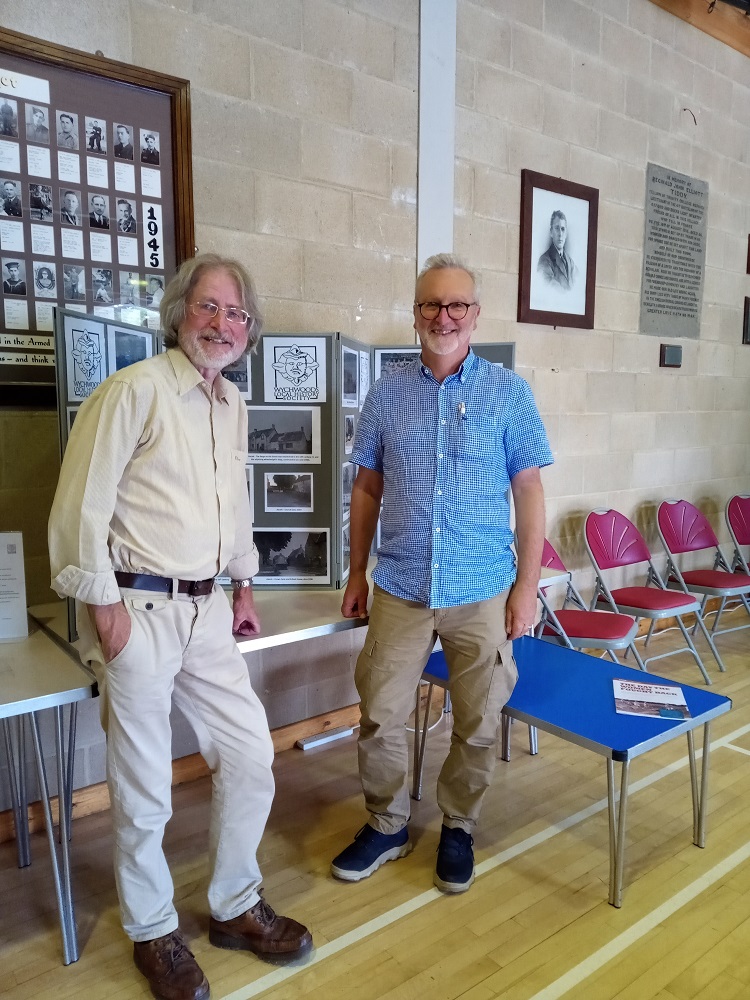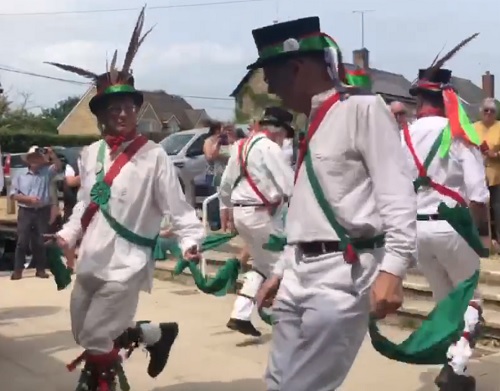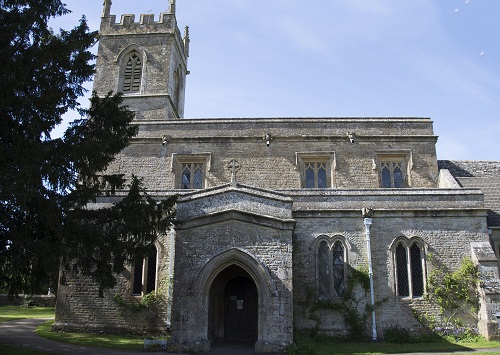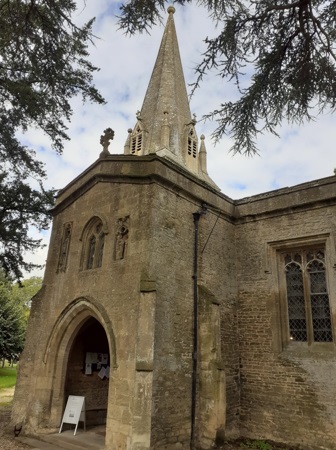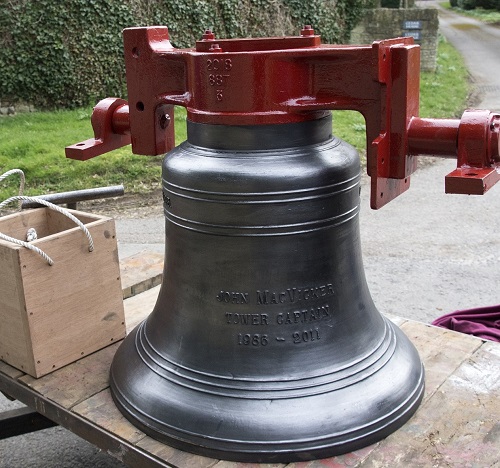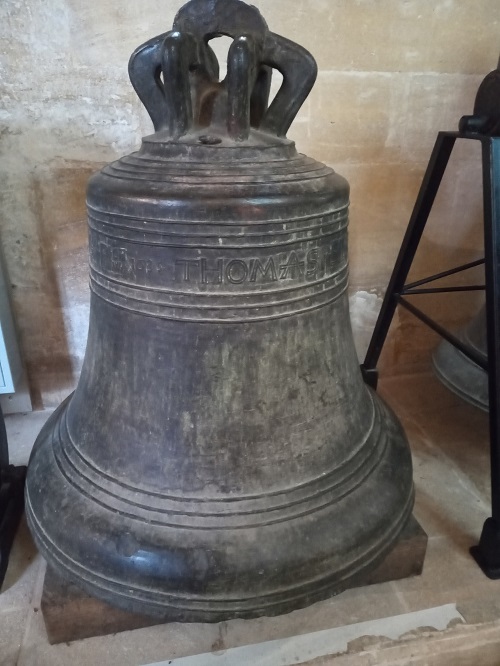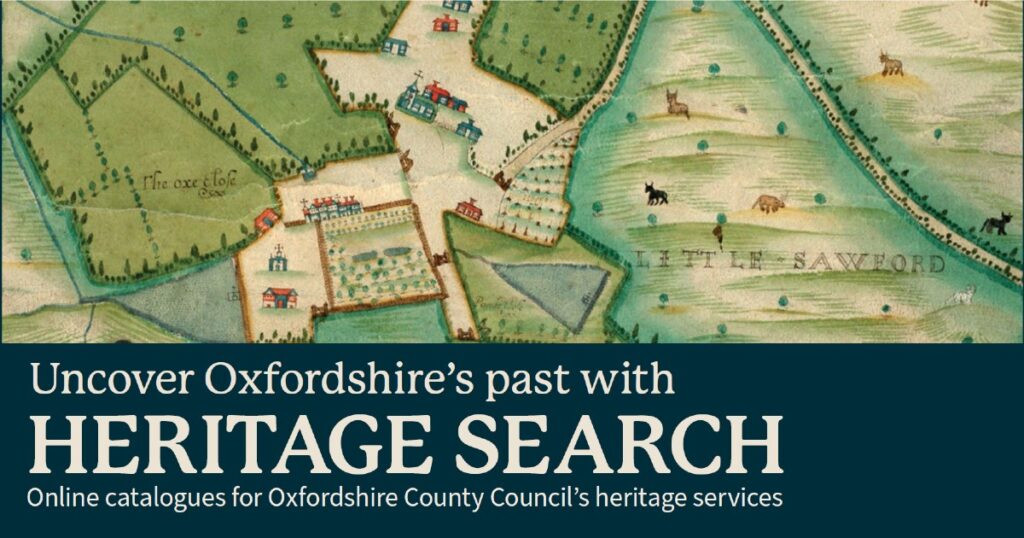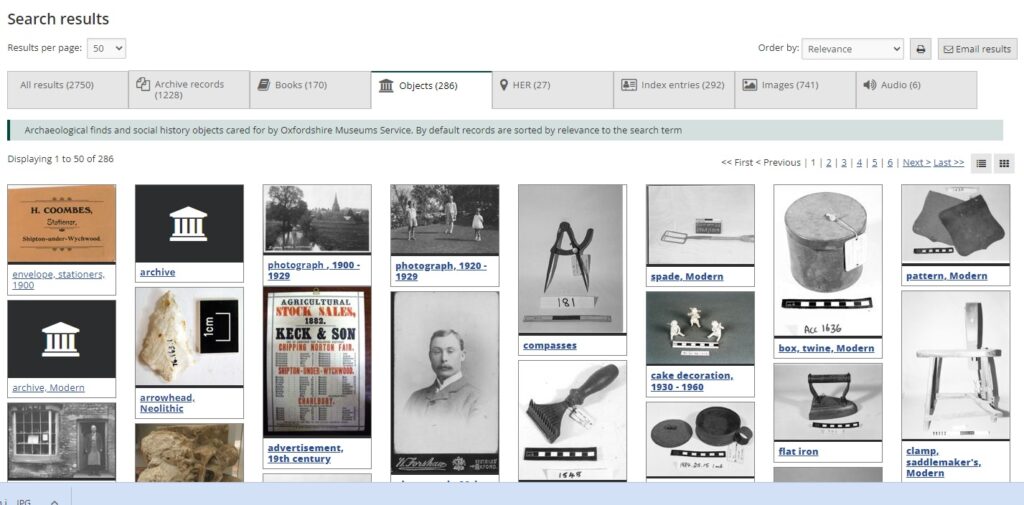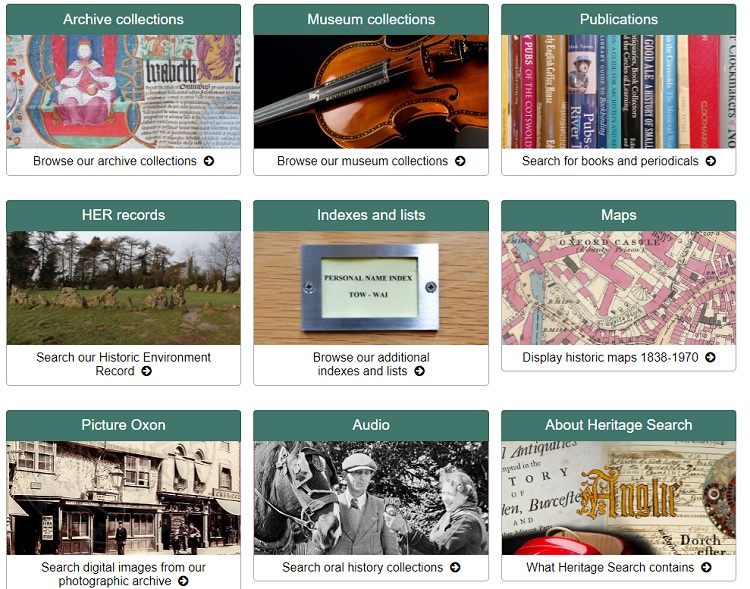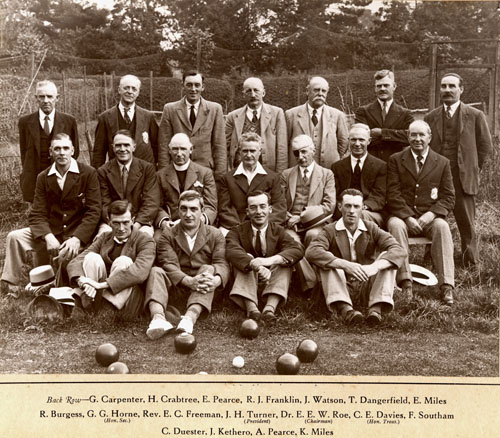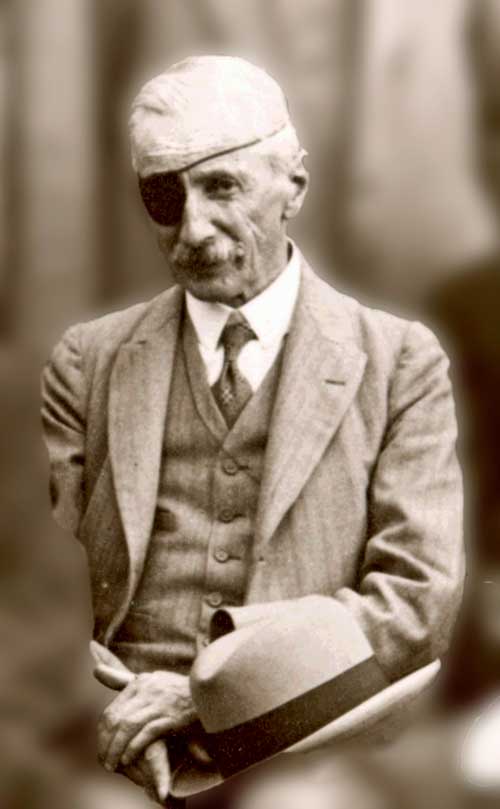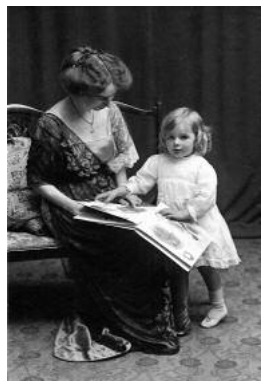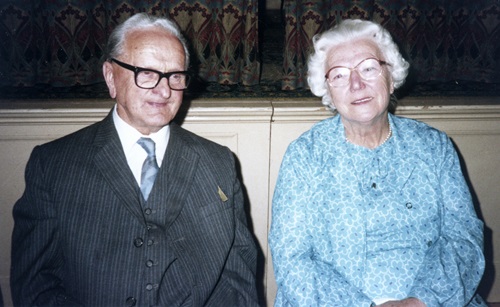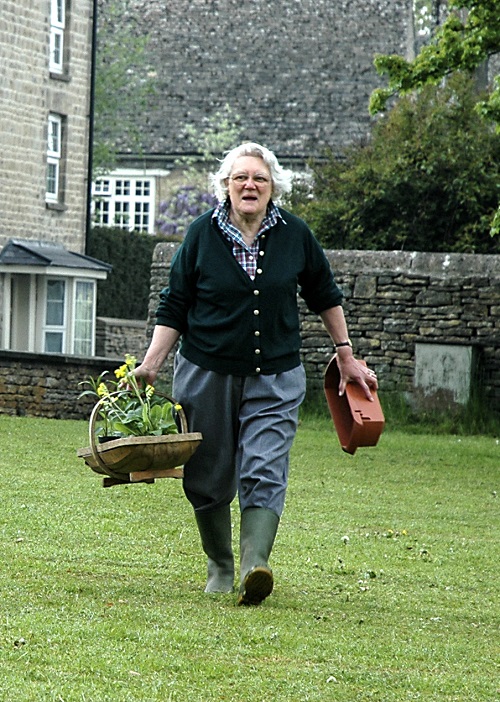
For more than four decades, from the 1960s, Margaret and Frank Ware were energetic contributors to Wychwood society and are fondly remembered by many particularly in the Wychwoods History Society and the WI.
Frank died in 2019 and now the death has been announced of Margaret (neé Williams)
Margaret was born in London in 1933. She gained a first class degree in Botany at Kings College, London and then did postgraduate research into plant biochemistry leading to a PhD in 1962.
She had a keen interest in social justice and current affairs and in 1957 she joined the Liberal party and became chair of the Dulwich Young Liberals. It was through this political interest that she met Frank Ware, whom she married in 1959.
Margaret and Frank rented in London for a couple of years, where Margaret taught, first in a grammar school and then in a technical college, but then they moved to Oxfordshire – first to Milton-under-Wychwood and then to Shipton-under-Wychwood – where Frank stood as a Liberal candidate at the 1964 general election. Margaret gave up work to support his political ambitions, and, when these were cut short, she continued to support him while he pursued an increasingly stressful and demanding career in tax and finance.
In 1965 Margaret gave birth to twins, Fiona and Alison. When they reached the age of eight, she began a 17-year voluntary career in local government – first on Shipton-under-Wychwood Parish Council, and then as an independent councillor on West Oxfordshire District Council, where she became chairman of the Recreation committee, vice-chairman of a Planning sub-committee and also served for one year as vice-chair of the entire council. For ten years she was also a governor of Burford School, which her daughters attended.
Margaret co-founded the Wychwoods Playgroup with a group of local mothers and she was instrumental in raising funds for and ensuring the building of a swimming pool at the Wychwoods primary school.
In 1981 Margaret co-founded the Wychwoods Local History Society, and subsequently edited its journal. She and Frank organised many field walks over several years, which many members of the local villages took part in. Notable finds were prehistoric flint arrowheads, medieval pottery and even fragments from a WW2 crashed aircraft.
Margaret was a member of the Shipton WI and enjoyed performing on stage in some of their pantomimes in the 90’s and early 2000’s. In one performance of a Spice Girls skit, she was Scary Spice dressed in tight fitting leopard skin leggings, and her mother, who was nearing 100 herself at the time, was not amused when shown the costume beforehand, saying, in a horrified tone, ‘You’re not going to go on stage wearing that, are you?’
Between them, Margaret and Frank also contributed significantly to the fundraising efforts for the building of the New Beaconsfield Village Hall.
Margaret and Frank shared a lifelong interest in archaeology and beginning in 1976 she was the District Council’s representative on the Oxford Archaeology Unit’s governing body. In 1992, they both began studying archaeology at Oxford University Department for Continuing Education, eventually being awarded the Oxford Diploma in Archaeology. From 1996 to 2005 Margaret served as chair of the trustees of Oxford Archaeology Unit, which by this time had become one of the three leading professional archaeological businesses in the country with a growing international reputation.
After the death of Margaret’s mother in 2005, Margaret and Frank moved to Leominster to begin a new chapter in their lives, and again got involved with the local community, joining the U3A and many interest groups.
In 2015 she became seriously ill and spent the next nine months on kidney dialysis three times a week. Remarkably, she recovered sufficiently to not need the dialysis and even to regain most of her former physical strength.
Margaret and Frank celebrated their 60th wedding anniversary in February 2019.Then Frank had a stroke in the April and passed away after only a couple of days in hospital.
On 24th June 2023 – four days before her actual birthday – Margaret threw a 90th birthday party for all her friends in Leominster. She had a heart attack on Sunday morning, 2nd July, and was admitted to hospital. She died just six days after her 90th birthday. She is survived by her two daughters, Fiona and Alison, and by four grandchildren, William, Stuart, Becky and Silvia.
Read Margaret’s artice on the society’s first 21 years here

